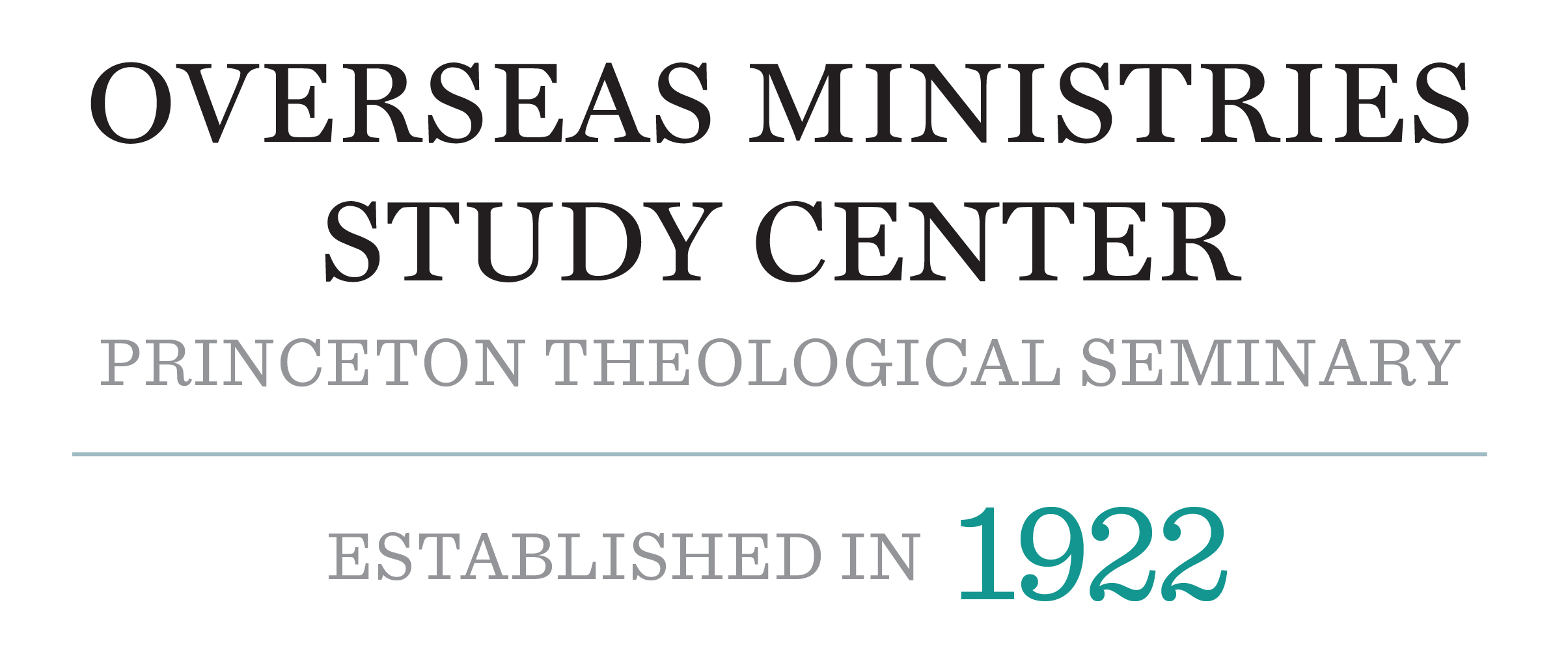by Gina Zurlo, Ph.D. – Co-Director – Center for the Study of Global Christianity
This post is part of The Occasional’s “Numbers and Trends” series, dedicated to sharing work, analysis, and perspectives from our friends and partners at the Center for the Study of Global Christianity based at Gordon-Conwell Theological Seminary.
Every January for the last 40 years, researchers at the Center for the Study of Global Christianity have been publishing data in the International Bulletin of Mission Research. It’s one of the most-cited articles in the IBMR. It presents, in summary form, an annual update of the most significant global and regional statistics relevant to understanding the current status of World Christianity and mission. The table has changed slightly over the years but retains a core of information on trends in world religions, major Christian traditions and movements, Christianity by continent, as well as Christian mission, evangelization, media, and finance. Each year we also provide commentary on the text, highlighting themes we find particularly important in that year. For example, consider the last ten years of headlines:
- World Christianity 2023: A Gendered Approach
- World Christianity and Religions 2022: A Complicated Relationship
- World Christianity and Mission 2021: Questions about the Future
- World Christianity and Mission 2020: Ongoing Shift to the Global South
- Christianity 2019: What’s Missing? A Call for Further Research
- Christianity 2018: More African Christians and Counting Martyrs
- Christianity 2017: Five Hundred Years of Protestant Christianity
- Christianity 2016: Latin America and Projecting Religions to 2050
- Christianity 2015: Religious Diversity and Personal Contact
- Christianity 2014: Independent Christianity and Slum Dwellers

We use the annual article to communicate important findings, such as:
- In 2014, Latin America became the continent with the most Christians for the first time in history (581 million), replacing Europe (559 million).
- In 2018, Africa passed Latin America as the continent with the most Christians, with 599 million (597 million in Latin America).
- In 2019, we identified several gaps in our quantitative understanding of global Christianity and mission: mission and money, short-term mission, and women in World Christianity.
- In 2023, we provided a brief overview of findings from the Women in World Christianity Project and discussed data gaps related to gender in World Christianity.
One of our most cited statistics is the number of denominations in the world, this year estimated as a perhaps shocking 47,000. As a result, the 2024 annual statistical table discusses “fragmentation and unity” in World Christianity. We identify some of the larger umbrella organizations that seek to bring together segments of Christianity’s four major traditions (Catholics, Independents, Orthodox, Protestants), two movements within these traditions (Evangelicals, Pentecostals/Charismatics), and 47,000 denominations. These organizations supplement the work of dozens of global denominational bodies of specific Christian communities such as the Roman Catholic Church, the Orthodox, Anglicans, Baptist World Alliance (BWA), World Methodist Council (WMC), Lutheran World Federation (LWF), World Communion of Reformed Churches (WCRC), and many others. The article does not provide a comprehensive history of 20th-century ecumenical efforts across all major Christian bodies, but rather offers short profiles of some Christian groups that address fragmentation largely within their own global Christian bodies (for example, Evangelicals working across Evangelical traditions, and Pentecostals working across the Pentecostal/Charismatic movement). These umbrella organizations offer a place for Christians of various backgrounds to meet, to share, to fellowship, and, sometimes, to plan. They provide an invaluable service to all Christians by recognizing commonalities while valuing difference. They also represent strategies to address fragmentation in the churches with the ongoing theme of unity in diversity and the desire that “They all may be one.”




